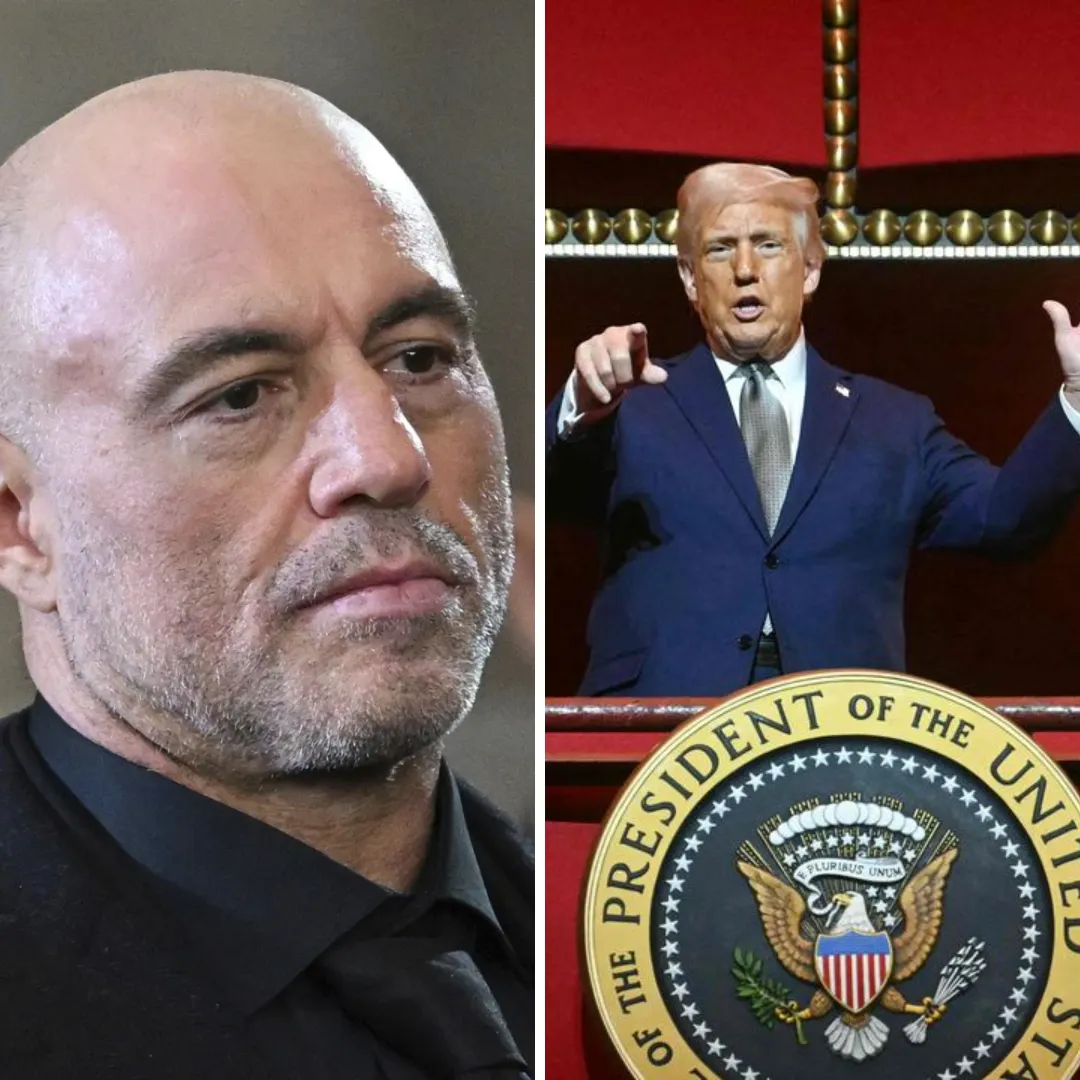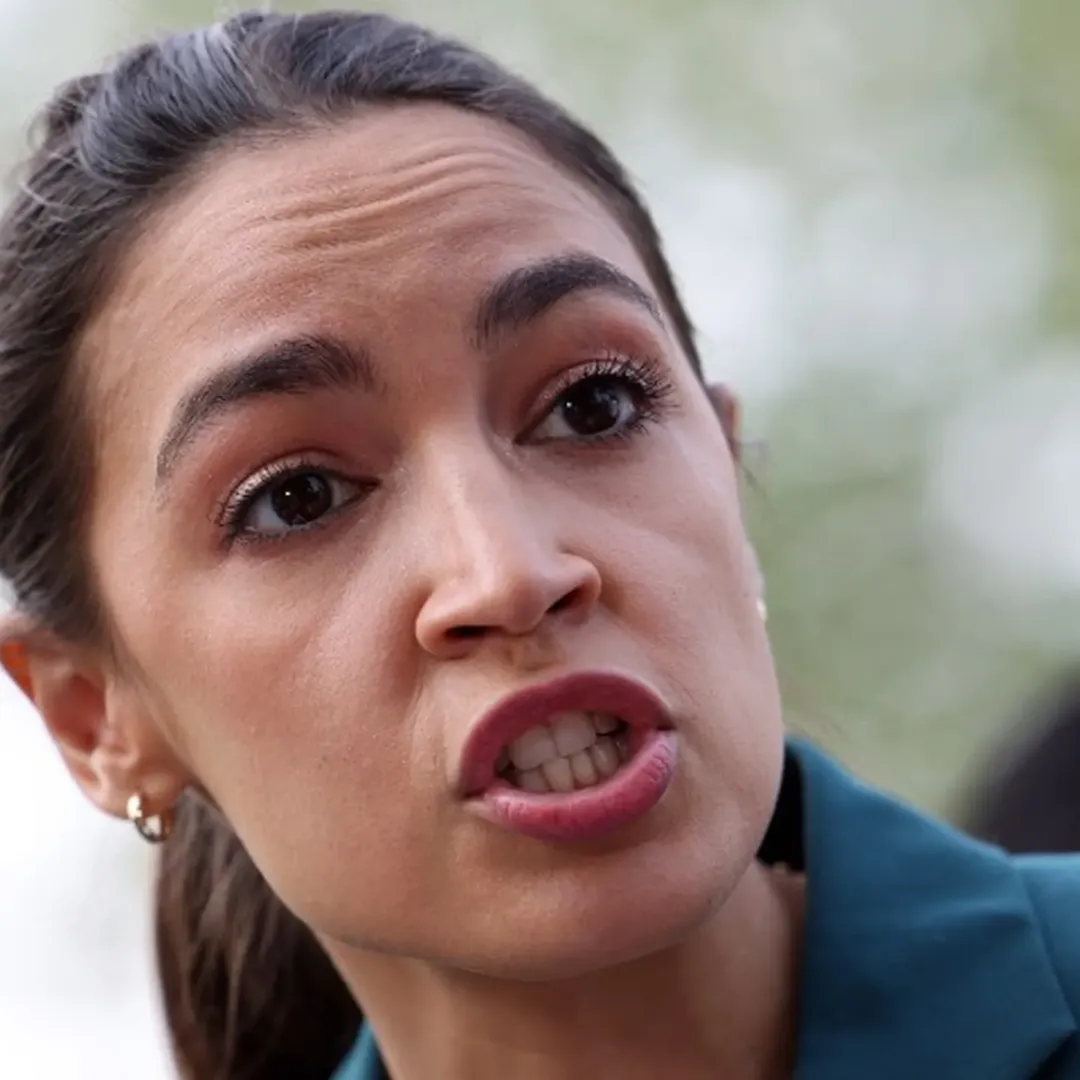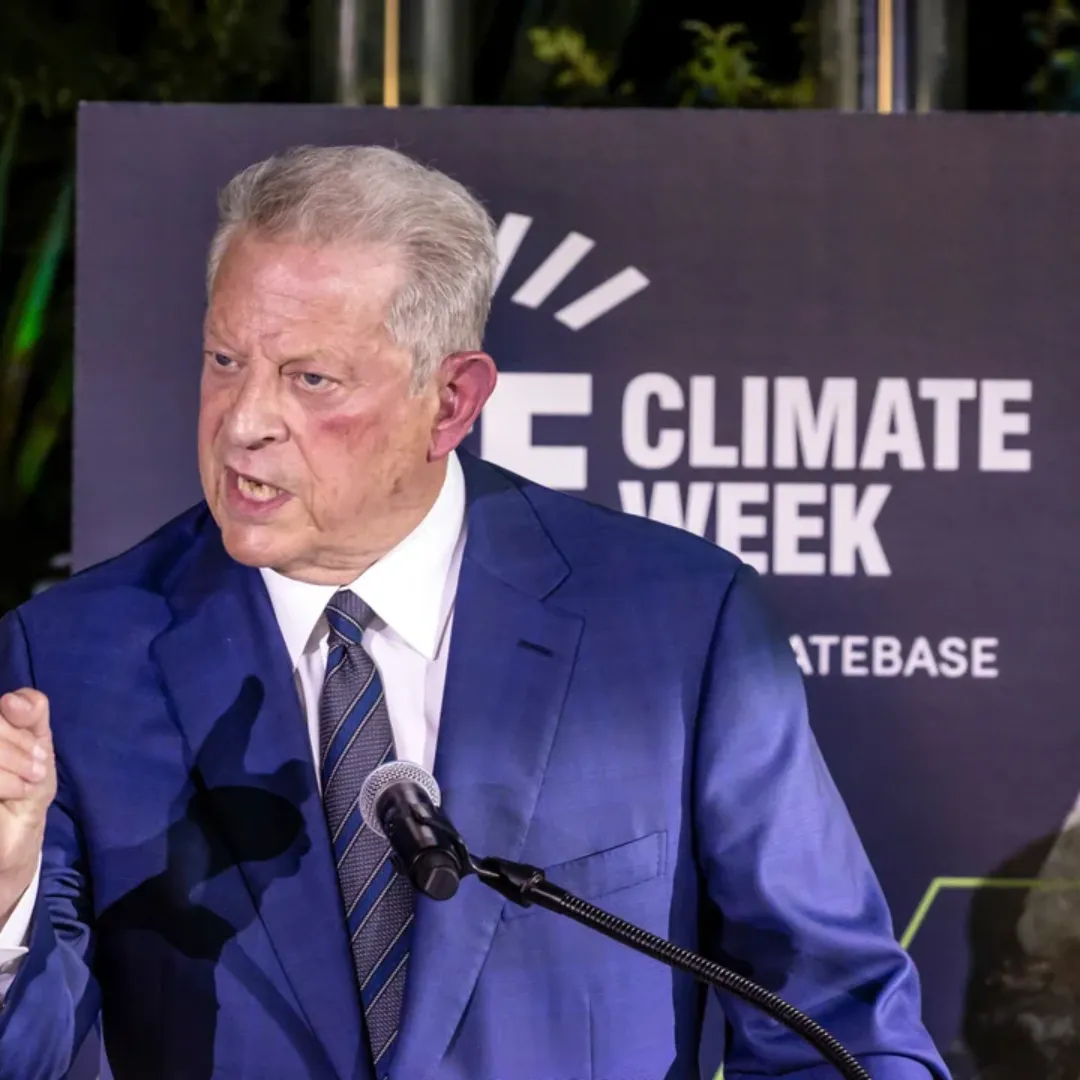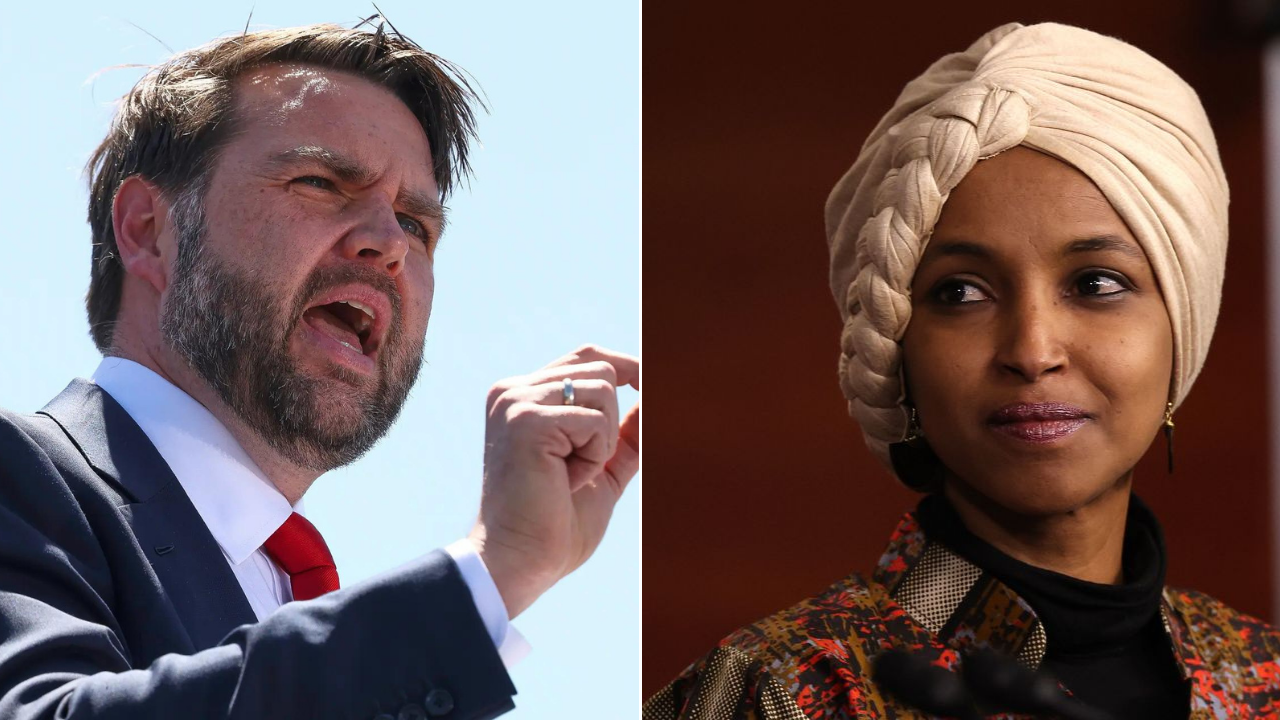
A resurfaced interview clip from nearly eight years ago has reignited political tensions between Vice President J.D. Vance and Representative Ilhan Omar, highlighting the deep ideological and cultural divisions shaping American politics.
The footage, taken from a 10-minute segment of an Al Jazeera interview featuring Rep. Omar, has recently re-entered the public spotlight after being shared by the conservative social media account Libs of TikTok.
In the video, Omar, a Democrat representing Minnesota’s 5th Congressional District, makes a controversial statement asserting that Americans should be “more fearful of white men across our country because they are actually causing most of the deaths within this country.”
She further adds that measures such as “profiling, monitoring, and creating policies” are necessary to combat the radicalization of white men, comments which have since drawn intense condemnation from conservative leaders and pundits.
Vice President Vance, one of the most prominent voices in the Republican Party and a key ally of former President Donald Trump, wasted no time in responding to the clip.
On Monday, he took to the social platform X (formerly Twitter) to denounce Omar’s words, calling them not only offensive but deeply dangerous. “This isn’t just sick; it’s actually genocidal language.
What a disgrace this person is,” Vance wrote, igniting a storm of online discourse and further polarizing political observers. His response reflects a broader pattern of criticism from Republican lawmakers who have frequently opposed Omar’s rhetoric on issues ranging from immigration to American foreign policy.
Omar, who is no stranger to political controversy, quickly pushed back against Vance’s comments, defending her original remarks as being grounded in well-documented statistical evidence.

Taking to the same platform, she wrote, “In this nearly 8yr old clip, I am referring to the rise of white nationalism in an annual report issued by the Anti-Defamation League that said white supremacists were responsible for 78 percent of ‘extremist-related murders.’”
Her defense invoked findings from the ADL (Anti-Defamation League), a non-profit organization that has consistently tracked hate groups and extremist violence in the United States.
According to their data, white supremacists have consistently been responsible for a majority of right-wing extremist violence in the country over the last decade.
Indeed, the ADL’s reports appear to support Omar’s claims. A 2021 edition of the report stated that over the previous ten years, approximately 73 percent of extremist-related killings were carried out by individuals affiliated with white supremacist ideologies.
The findings have been echoed in broader FBI and Homeland Security assessments, which have repeatedly flagged white nationalist groups as one of the most persistent and lethal threats facing domestic security.
Omar’s defenders argue that these facts lend credibility to her remarks and accuse her critics of weaponizing outrage to discredit a Muslim woman of color in public office.
However, for many on the right, Omar’s comments go beyond data points. To them, her words reflect a broader hostility toward white Americans and serve as an example of what they describe as divisive identity politics.
Her statements have long been a target of Republican ire, particularly among lawmakers who view her critiques of U.S. institutions as unpatriotic or inflammatory.
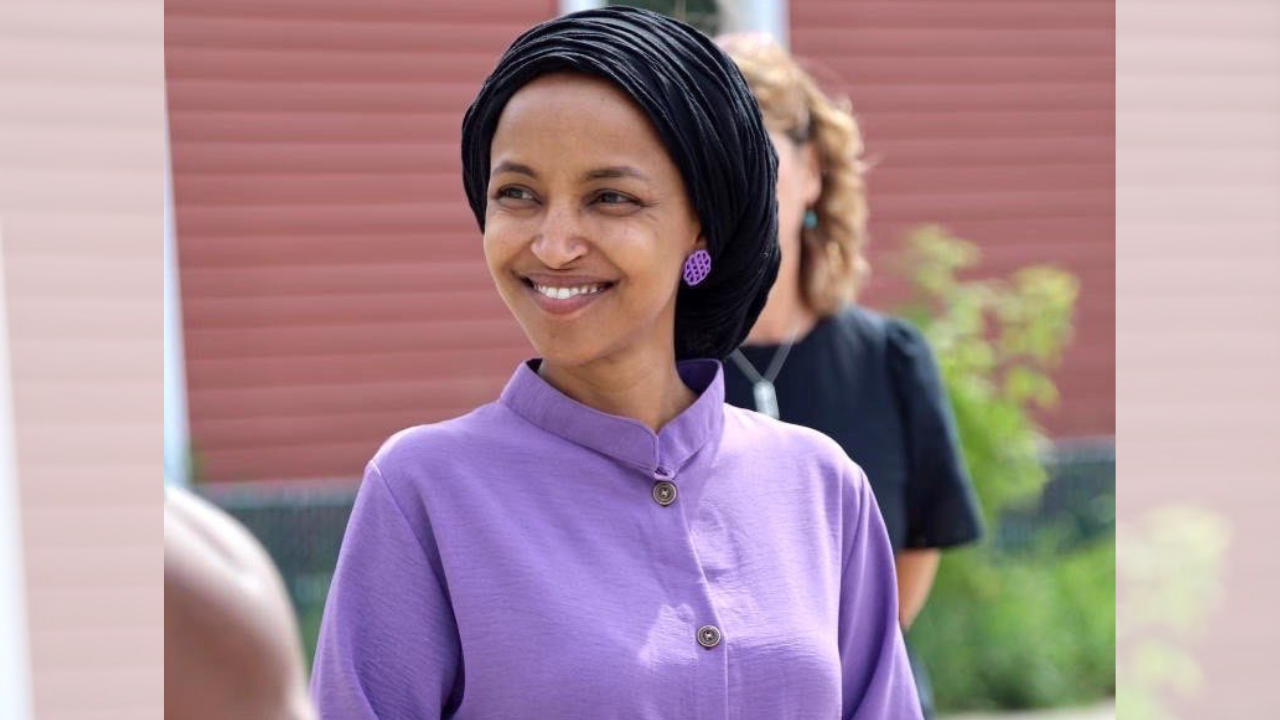
Since arriving in Congress in 2019 as one of the first two Muslim women elected to the U.S. House of Representatives, Omar has been a lightning rod for conservative backlash, with numerous GOP figures calling for her censure, removal from committees, or even deportation—despite her being a naturalized American citizen.
That sentiment resurfaced earlier this year when a Republican House member began circulating a petition to deport Omar following her criticism of Trump-era immigration policies.
Though the petition was legally untenable and did not result in any formal legislative action, it nevertheless underscored the intensity of animosity toward Omar in certain political circles.
Critics within the GOP continue to question her loyalty to American values and frequently paint her as emblematic of what they perceive to be the radical left’s contempt for traditional American identity.
But Omar’s supporters argue that her political stance is grounded not in hatred but in a desire for justice and accountability. They maintain that her willingness to speak candidly about issues such as white nationalism, systemic racism, and Islamophobia is what makes her a critical voice in Congress.
For them, the reemergence of the Al Jazeera clip is part of a coordinated attempt to discredit Omar by distorting the context of her remarks and erasing the factual basis behind them.
Many progressives have rallied to her defense, insisting that addressing white supremacist violence should not be taboo simply because it challenges dominant narratives about race and terrorism in America.
The timing of this latest flare-up is also notable, as it comes amid broader debates about free speech, political rhetoric, and the limits of public discourse.
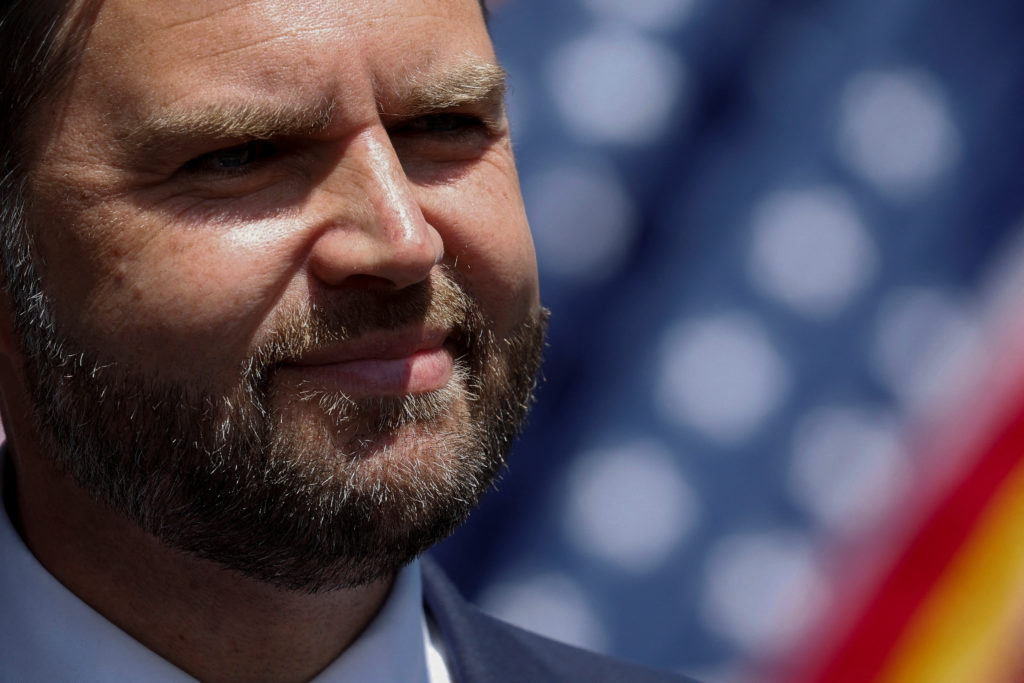
Vice President Vance’s labeling of Omar’s words as “genocidal language” raised eyebrows not only for its hyperbole but also for the precedent it sets in equating harsh rhetoric with violent intent.
Some observers have expressed concern that such language from a high-ranking official could further erode norms of civil debate and encourage more aggressive efforts to silence controversial viewpoints.
Others argue that Vance’s condemnation is justified, insisting that elected officials have a responsibility to call out rhetoric they believe could incite hatred or social division.
The renewed attention on Omar’s comments also highlights how social media continues to play an outsized role in shaping political narratives. The clip’s revival by Libs of TikTok—an account known for amplifying right-wing grievances and targeting progressive public figures—demonstrates how digital platforms are being used to stoke outrage and recycle old controversies in new political contexts.
What began as a little-known interview segment from nearly a decade ago has now become the flashpoint for another round of political warfare, driven not by policy debates but by viral content and the battle for narrative control.
For Omar, the controversy serves as a reminder that her every word remains under a microscope, often scrutinized and reinterpreted in ways that amplify division rather than dialogue.
For Vance, the moment offered an opportunity to further solidify his standing among Trump loyalists and right-wing populists who view any critique of white Americans as inherently racist or anti-American.
For the public, it is yet another episode in an increasingly familiar pattern: a soundbite, a backlash, and a polarizing debate that reveals how far apart the two parties remain—not just in policy, but in their fundamental understanding of identity, security, and what it means to be American.

As the 2026 political landscape begins to take shape and attention slowly turns toward the next presidential election cycle, moments like these will likely continue to define the discourse.
Whether they result in meaningful engagement or simply deepen the cultural divide remains to be seen. What is certain, however, is that the fight over language, identity, and representation in America is far from over.
